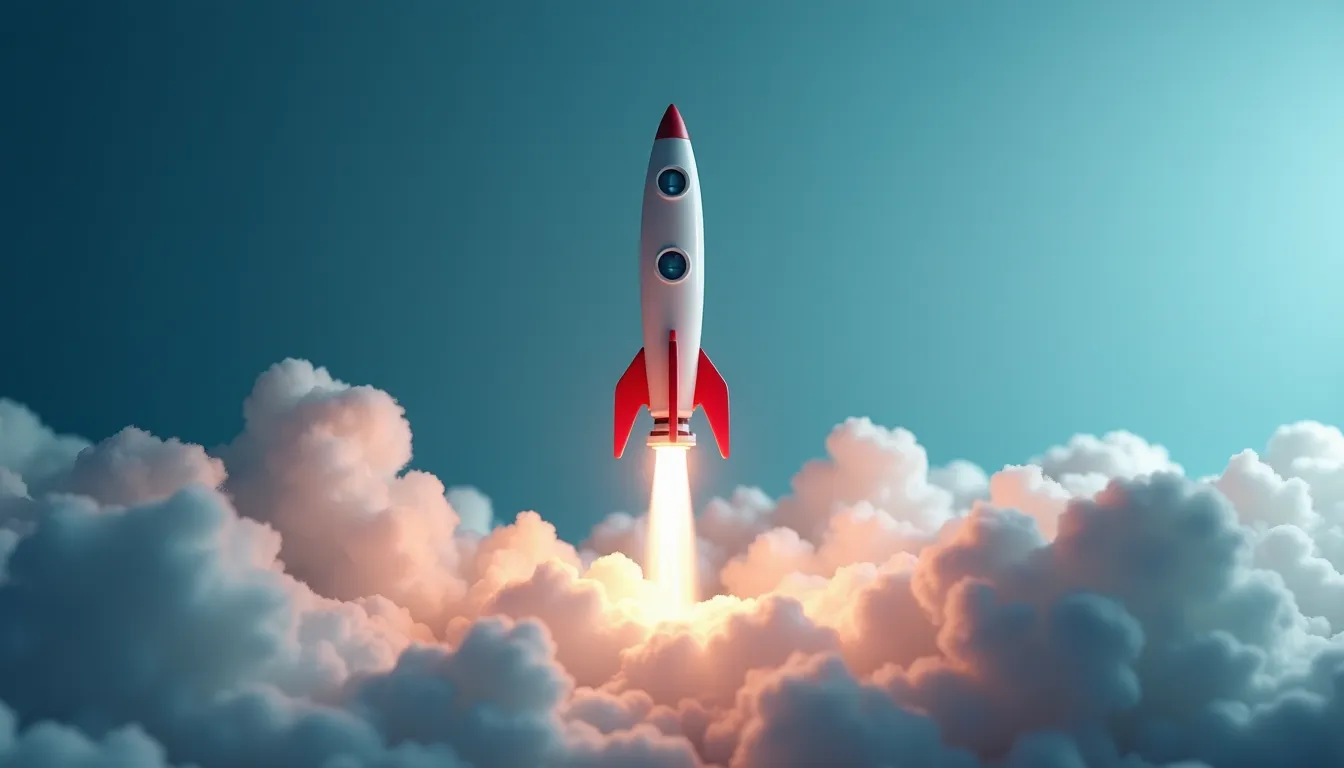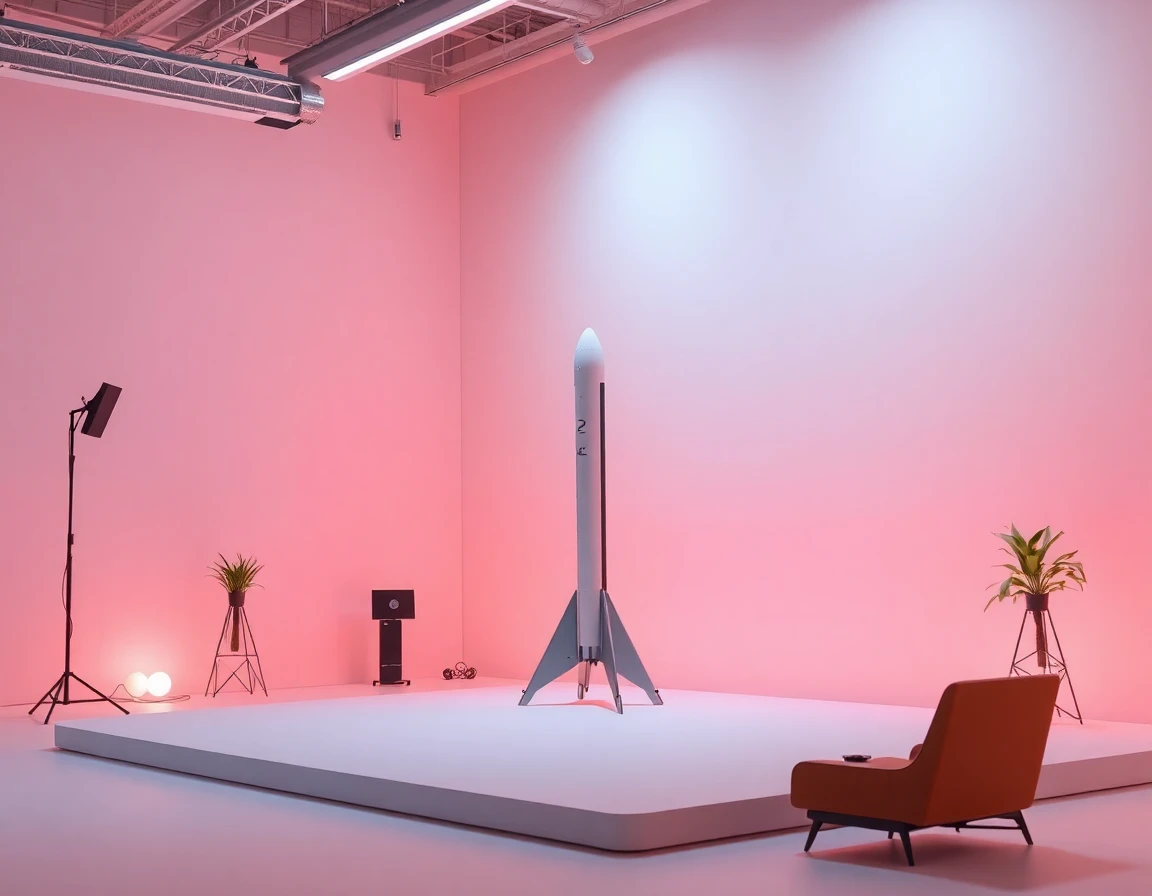The aerospace and defense sectors are witnessing a transformative era, propelled by significant advancements in rocket technology. Recent developments, including multiple SpaceX Falcon 9 launches, NASA’s Artemis II mission preparations, and new space weather satellites, highlight the industry’s rapid evolution and increasing reliance on innovative solutions. This article delves into these exciting advancements, underscoring their implications for space exploration and technology.
SpaceX Falcon 9 Launches: A New Era of Rocket Operations
SpaceX continues to redefine the landscape of space travel with its Falcon 9 rocket, achieving a remarkable launch cadence that mirrors airport scheduling. The company is on track to conduct over 100 Falcon 9 launches in 2025, a feat that underscores its operational efficiency and commitment to reusability. Notably, SpaceX’s recent missions include the successful deployment of the Double Asteroid Redirection Test (DART), marking the company’s inaugural foray into interplanetary missions.
The Falcon 9, known for its advanced reusability features, recently completed its third flight carrying DART, demonstrating the potential for sustainable space operations. Additionally, on September 25, 2025, SpaceX launched 24 Starlink satellites from Vandenberg Space Force Base, continuing its efforts to expand its satellite internet constellation. This launch reflects SpaceX’s commitment to providing global broadband service while also emphasizing advanced debris mitigation strategies, as several Starlink satellites were designed to safely reenter Earth’s atmosphere, an effort to minimize orbital debris.
NASA’s Artemis II Mission Preparations
On September 23, 2025, NASA held a pivotal news conference outlining the preparations for its Artemis II mission, scheduled for no later than April 2026. This mission aims to build on the legacy of the Apollo program by testing critical systems for lunar exploration, including propulsion burns, booster jettison, and rendezvous proximity operations.
The Space Launch System (SLS) rocket will be at the forefront of this mission, employing its RS-25 engines and advanced booster systems. These preparations are crucial not only for the success of Artemis II but also for the subsequent Artemis III mission, which aims to return humans to the Moon. The integration of high-performance MEMS accelerometers and quartz MEMS gyroscopes in the SLS’s navigation and control systems will enhance precision during launch and flight operations, ensuring crew safety and mission success.
Launch of Space Weather Satellites: Safeguarding Future Missions
The importance of understanding space weather cannot be overstated, especially as humanity ventures further into space. On September 24, 2025, SpaceX’s Falcon 9 successfully launched three new space weather satellites from Kennedy Space Center: NASA’s Interstellar Mapping and Acceleration Probe (IMAP), the Carruthers Geocorona Observatory, and NOAA’s Space Weather Follow-On Lagrange 1 (SWFO-L1).
These satellites are designed to monitor solar storms and the heliosphere, providing critical data essential for protecting astronauts and communication infrastructure. IMAP, in particular, will deliver up to a 30-minute advance warning of solar storms, a vital capability for the Artemis lunar missions planned for next year. The combined value of the satellites and related costs is approximately $1.6 billion, showcasing the significance of cost-effective rideshare strategies in modern aerospace missions.
Interdisciplinary Collaboration in Aerospace Research
In a noteworthy development, the Pacific Northwest National Laboratory (PNNL) has joined a collaborative space research group, contributing its expertise in nuclear technology and cybersecurity. This partnership reflects a growing trend towards interdisciplinary collaboration in aerospace research, emphasizing the need for integrated solutions to complex challenges in space exploration.
Furthermore, NASA’s Centennial Challenges program continues to foster innovation by testing novel technologies, such as the Break the Ice winner, the Starpath robot. This robot was recently tested in NASA’s thermal vacuum chamber, showcasing its capabilities in simulating lunar exploration environments. The integration of advanced sensor modules in these robotic systems enhances their performance, enabling them to navigate and operate in extreme conditions.
Conclusion
The aerospace and defense industries are experiencing unprecedented advancements in rocket technology, driven by the relentless pursuit of innovation and efficiency. From SpaceX’s record-breaking launch cadence to NASA’s preparations for lunar missions and the deployment of essential space weather satellites, these developments are not just milestones but stepping stones towards a new era of space exploration.
As we look ahead, the continued evolution of rocket technology and the integration of advanced navigation systems, precision accelerometers, and cutting-edge sensor modules will play a crucial role in shaping the future of aerospace endeavors. The insights gained from these missions will not only enhance our understanding of space but also pave the way for sustainable and safe human travel beyond our planet.
References
-
Updates - SpaceX (www.spacex.com) Airport-Like Operations. SpaceX’s Falcon rockets are on track to launch more than 100 times from Florida alone in 2025, while other launch operators have …
-
Month: September 2025 (spaceflightnow.com) - 9/29/2025 Breaking News. [ September 25, 2025 ] SpaceX launches 24 Starlink satellites on Falcon 9 rocket from Vandenberg Falcon 9 · [ September 25, 2025 ] ULA launches …
-
Break the Ice Winner Starpath Tests Robot at NASA Marshall Thermal Vacuum Chamber (www.nasa.gov) - 9/27/2025
-
PNNL joins space research group, bringing its nuclear and cybersecurity expertise to new heights (www.tricitiesbusinessnews.com) - 9/27/2025
-
Liftoff! Three New Space Weather Spacecraft Soar into Florida Sky (science.nasa.gov) - 9/25/2025 Three New Space Weather Spacecraft Soar into Florida Sky. Image shows a SpaceX Falcon 9 rocket carrying NASA’s IMAP launching Wednesday, Sept.
-
A trio of space weather satellites blast off together to study the sun’s violent side (www.wlrn.org) - 9/25/2025 The three satellites soared from Kennedy Space Center shortly after sunrise on the same SpaceX rocket. They aimed for a sun-orbiting lookout 1 …
-
Artemis II Mission Overview News Conference (Sept. 23, 2025) (www.youtube.com) - 9/23/2025 … space travel. Artemis II is scheduled for no later than April 2026 … Artemis II Science and Technology News Conference (Sept. 23, 2025).



